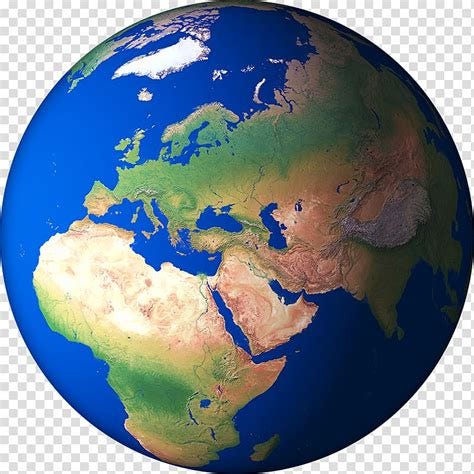If You Knew... 250710 Matthew 28:16-20
Matthew's historical account matter-of-factly records events as Matthew or his closest friends observed them. If you think about it, this way of writing down whatever happens forms much of the basis for Western science, or the Scientific Method. Observationinvolves seeing or sensing (say, through instrumentation) ev…
Keep reading with a 7-day free trial
Subscribe to If You Knew... to keep reading this post and get 7 days of free access to the full post archives.


